The above clip is a testament to nature’s incredible awareness together with feelings and the ability to heal. I couldn’t help but smile while watching this lady tell me about the experience which led me to find the following articles written by Lucy Freeman. I hope you enjoy reading them.
Could your pet save your life?
The bond between humans and animals can bring benefits far beyond the gift of company and endless cuddles. They improve our mental health, protect our physical security, and even alert us to medical problems. The interplay between humans and animals is a constant source of wonder and the subject of a great deal of scientific research.
From a parrot who acts as a burglar alarm to a rabbit who can detect diabetes, here are some astonishing tales of animal courage and compassion.
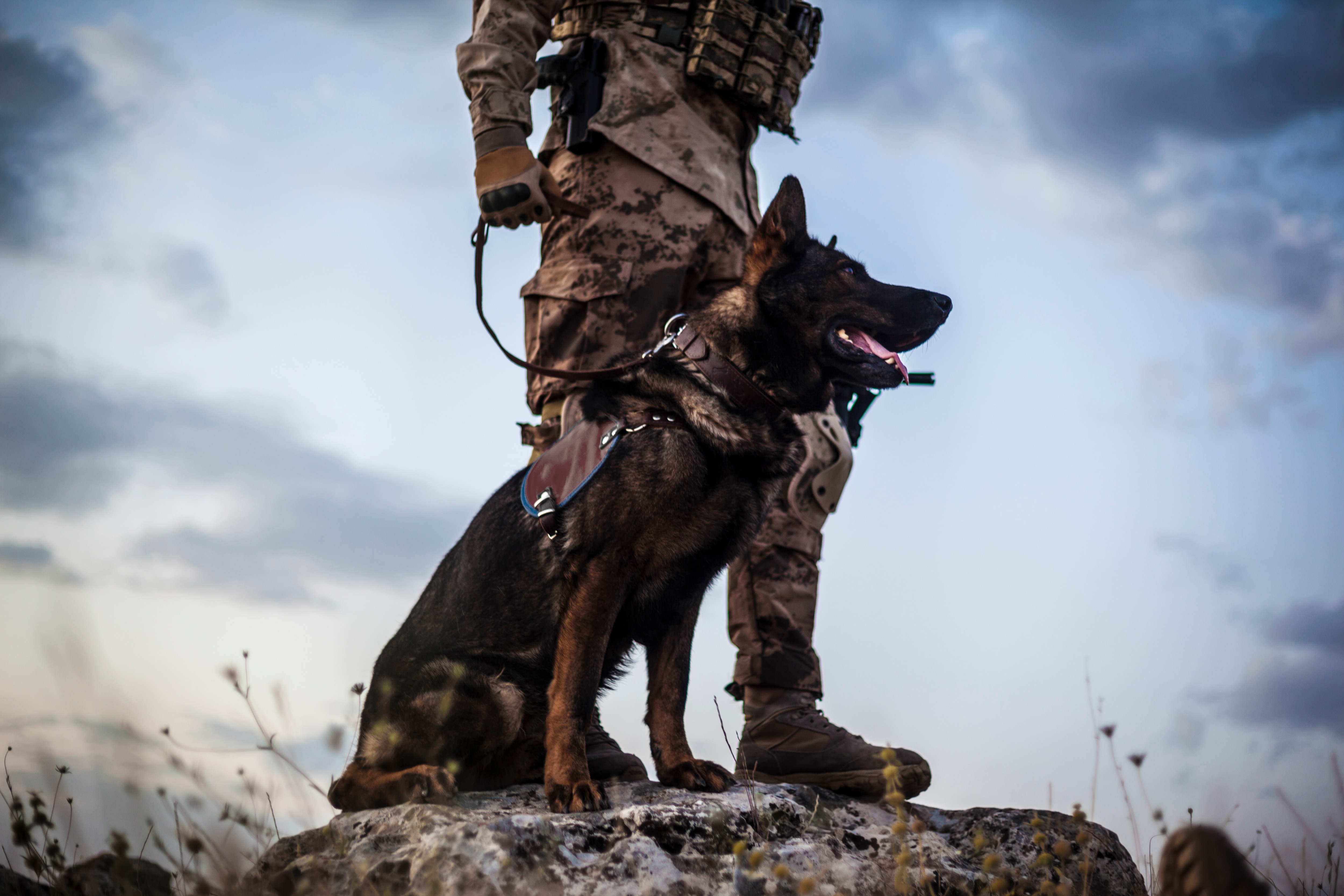
1. Sergeant Stubby
In 1917, a small stray mongrel puppy appeared in the training area of the 102nd infantry, near Yale, USA, where the Yankee Division was preparing for action in World War I. Christened Stubby by the soldiers because of his short tail, the puppy soon integrated himself into the ranks. His comrades taught him to “salute”, he learned bugle calls, and was allowed to join the soldiers on the front line.
After being caught in a gas attack, he recognised the smell the next time it happened and was able to wake and warn the sleeping soldiers. He also caught a German soldier in the trenches by biting and holding him until relief arrived, and was adept at finding wounded soldiers, too. By the end of the war, Stubby had served in 17 battles and was awarded lifetime membership of the American legion, as well as a gold medal for heroism commissioned by the Humane Education Society.

2. Dolphin danger
The playful nature of dolphins is well documented. But what about their protective instincts? In 2004, Rob Howes went swimming with his daughter and two of her friends, off the coast of North Island, New Zealand. There, they found themselves encircled by four bottlenose dolphins who repeatedly slapped their tails on the surface to prevent any of the group from swimming away.
When Rob tried to move out of the cluster, he was herded back by two of the bigger dolphins, just before he spotted a three-metre-long great white shark heading straight for him. The dolphins maintained their defensive circle for 40 minutes until the shark finally left, allowing the group to swim 100 metres back to shore. Dolphins adopt this tactic to protect their young against shark attacks, and for some reason decided to extend their protection to include this group of humans.
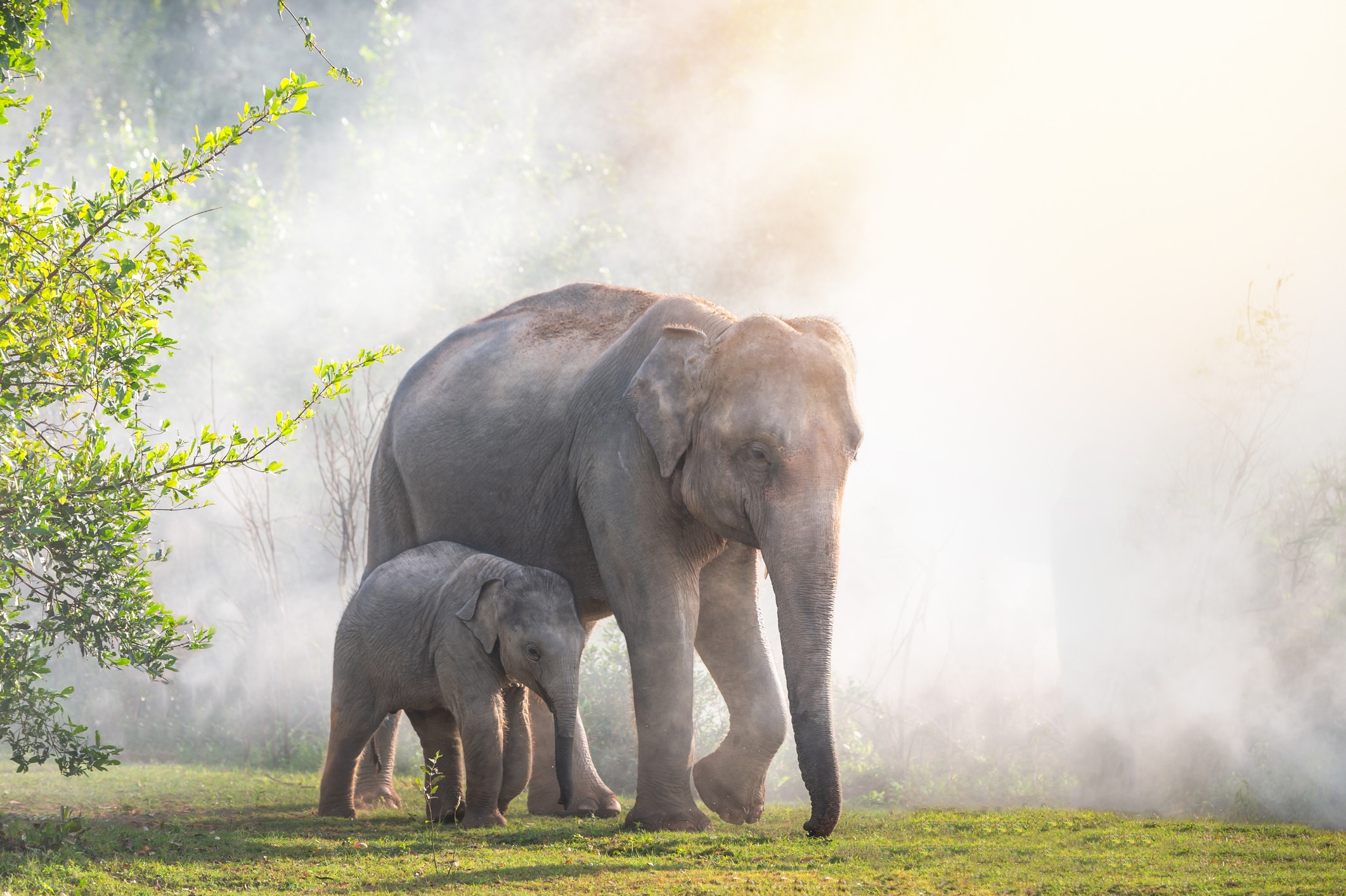
3. Swimming trunks
In 2015, Darrick Thomson, from the Save Elephant Foundation in Chiang Mai, Thailand, rescued Kham La and Bai Teoy, a baby elephant and her mother. Baby Kham La was rehabilitated by Darrick and the pair developed a strong bond.
A good example of their strong connection was shown one day when Darrick went for a swim. Baby elephant Kham was on the shore at the time and mistook Darrik’s innocent calls to her as a sign of distress. The elephant calf raced into the water and offered her trunk to the handler to hold, and then sheltered him with her body until she could show him that he was not at risk anymore.
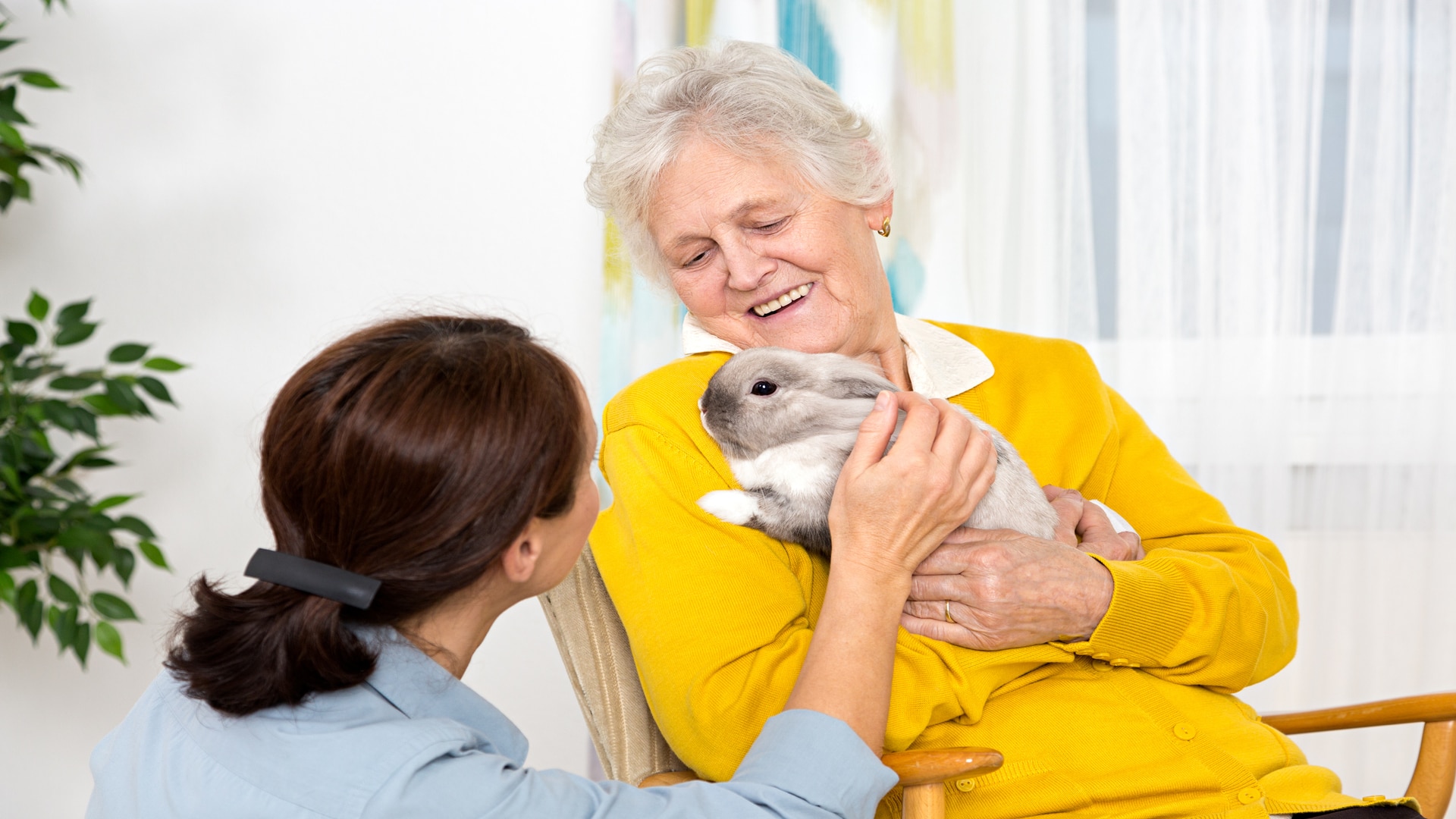
4. Healing animals
Therapy animals, from dogs to miniature ponies, are becoming a common sight in hospitals, hospices, and prisons. Petting an animal releases endorphins (feel-good neurotransmitters), which can have a positive impact in patients dealing with depressive disorders, whilst caring for animals helps develop empathy and nurturing skills.1
It’s also been found that incidents of restlessness, confusion, and violent behaviour are reduced among people with dementia following the introduction of animal therapy programmes. In some UK prisons, therapy dogs are used, and inmates at HMP Foston Hall look after a loft of ex-racing pigeons.This gives the prisoners a distraction and a focus, helping them reintegrate into society afterwards.
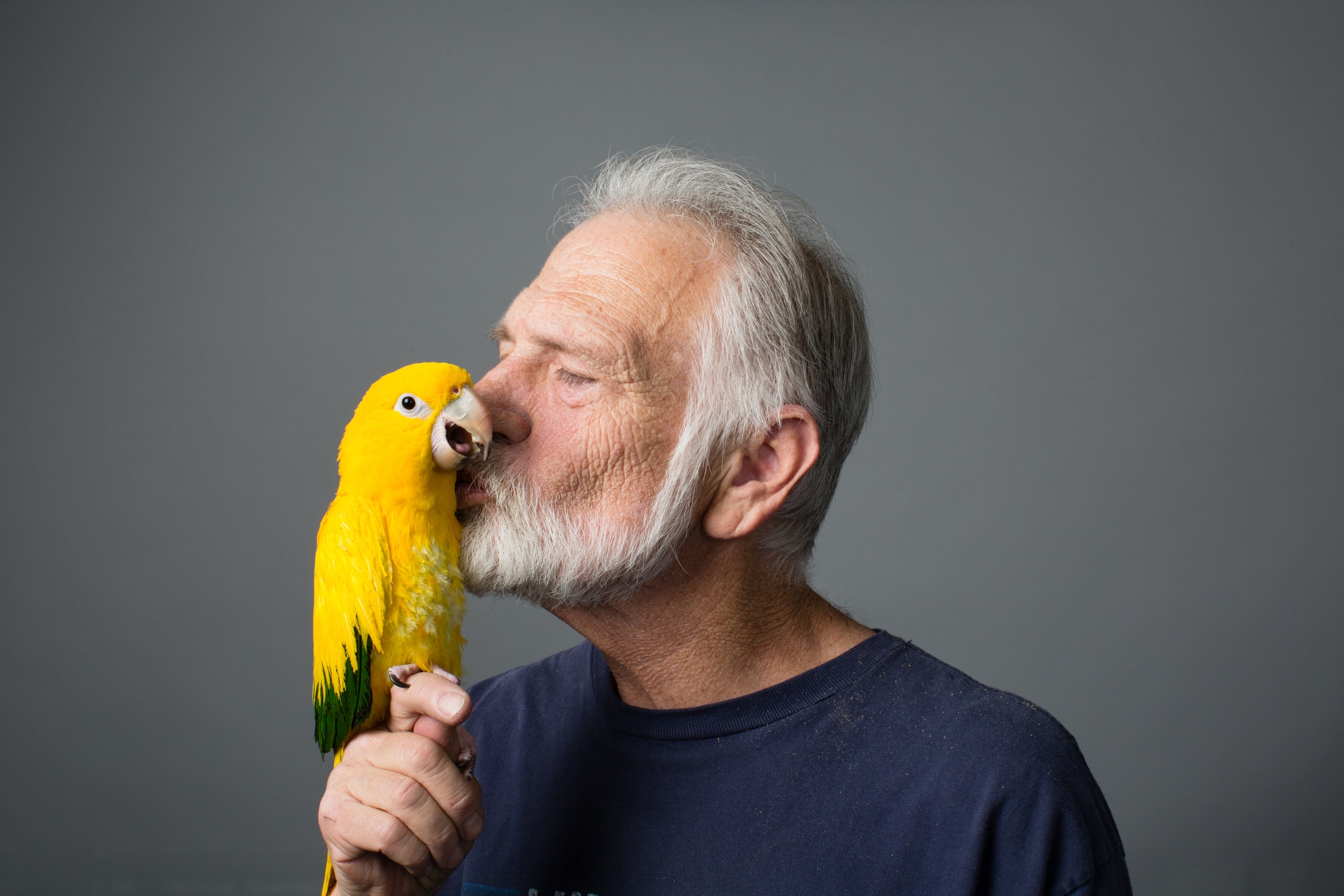
5. Early warning
Animals are very sensitive to change and will become aware of unusual incidents faster than humans, especially overnight. House pets, like dogs, cats, and even parrots, regularly prove themselves to be excellent smoke and burglar detectors. Tink, a cat from Shrewsbury, alerted her owner to the danger posed by a fire in a nearby house by jumping on her to wake her, but was then overcome by smoke and needed oxygen.
Eric, a parrot in Brisbane, Australia, repeatedly yelled out his owner’s name to wake him and alert him to a fire in his home. Meanwhile, in Monmouth, South Wales, a serial burglar was caught, after an orange winged Amazon parrot, Charlie, spotted the intruder and raised the alarm.
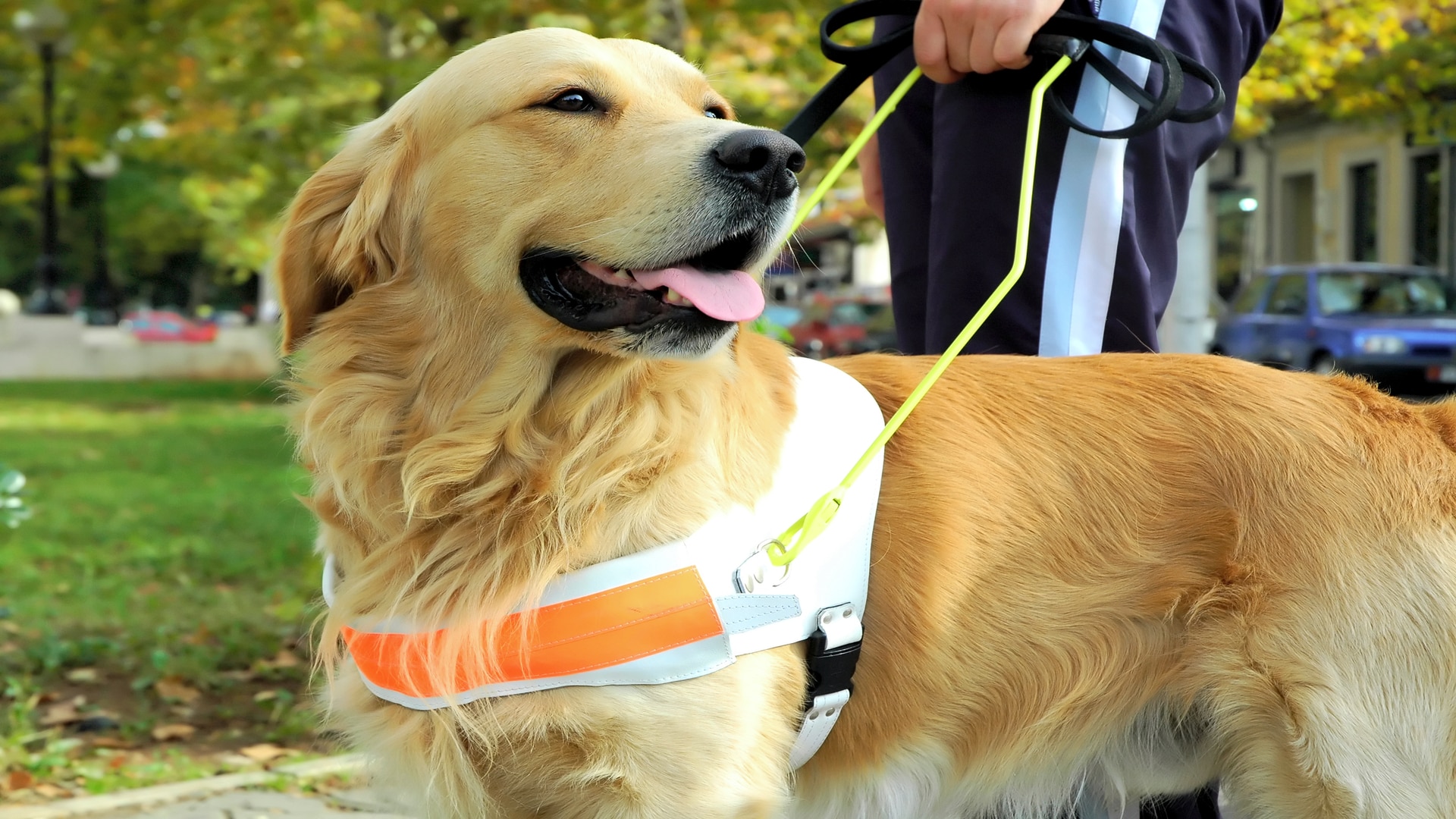
6. Hero dogs
Salty and Roselle were both guide dogs working in the World Trade Center when the September 11th attacks struck in 2001. Salty would not leave his owner until he had led him to safety, even when a co-worker tried to assist. Roselle helped her owner to the stairwell, through the smoke, noise, and debris, and led him down 1,463 steps out of the tower, along with 30 other people. The descent took over an hour and just after they left, the tower collapsed. Roselle then led her owner to the nearby subway station, and home. She even became a minor celebrity, appearing on Larry King Live, and the CBS Morning Show.
Salty and Roselle were awarded a joint Dickin Medal, the equivalent of the Victoria Cross for animals, “For remaining loyally at the side of their blind owners, courageously leading them down more than 70 floors of the World Trade Center and to a place of safety following the terrorist attack on New York on September 11, 2001”.
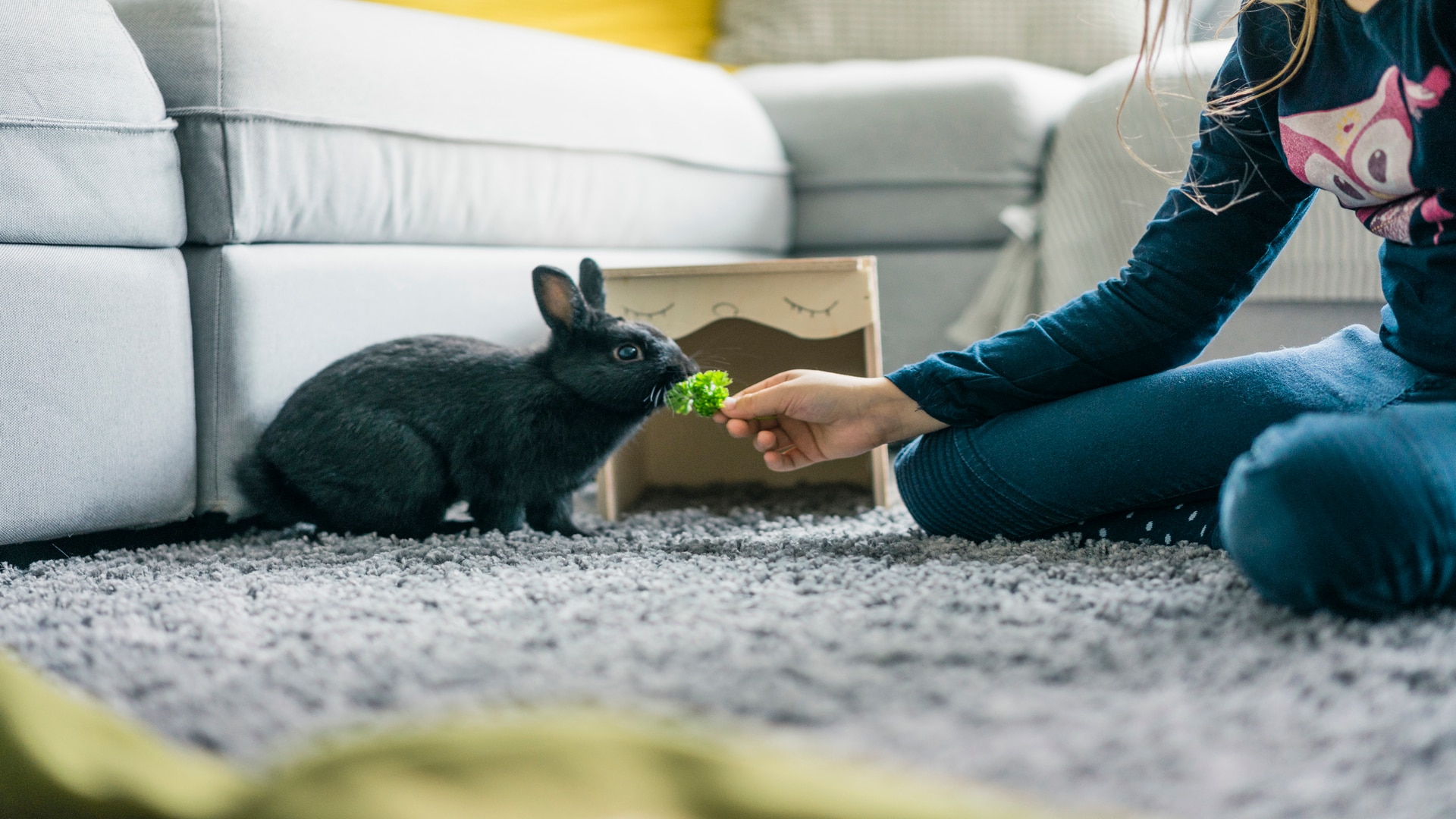
7. Doctor Bunny
Medical Detection Dogs are trained to sniff out odours caused by diseases. Research in 2014 showed their sensitive snouts could detect traces as tiny as one part per trillion, the equivalent of one teaspoon of sugar in two Olympic-sized swimming pools.
Domestic animals can also pick up changes in the behaviour of their owners, such as Dory, a 9.5 kg house rabbit from Cambridgeshire. In 2004, she noticed that her owner, Simon Steggall, was slipping into a diabetic coma and leapt onto his chest where she began tapping him. Simon’s wife, Victoria, had thought that he was simply asleep but Dory’s odd behaviour made her realise something was wrong. When she was unable to rouse her husband herself, she phoned for paramedics.
There is something moving about these demonstrations of awareness and concern between humans and the animal kingdom. While a pet alerting its owner about a perceived danger could be seen as an act of self-preservation, a wild animal’s instinct to save and protect humans is harder to explain; another layer of complexity in our symbiotic relationship with the animal kingdom.